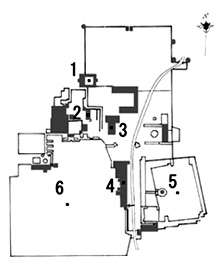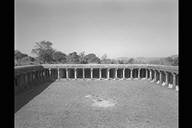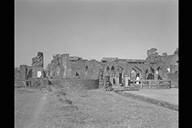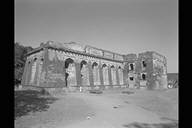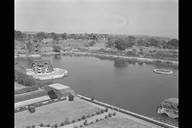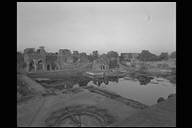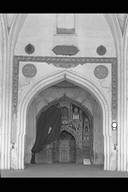 |
This peculiar
palace building extending 120 metres in length is by the
lake Munja. It is well known by its jaunty name meaning
"palace of ship (Jahaz)" and it is a building
most known in the remains of Mandu. The forth emperor of
the Mughal, Jahangir, loved this lakeside palace and he
wrote that he enjoyed its lit-up scenery at night. His
empress, Nur Jahan favoured spending a night in this
palace, when she visited Maluwa. We visited the site in
daytime but we could not help admiring the luscious
atmosphere of these remains, which was reflected on the
surface of the lake. (Matsuo Ara)
→Detailed Explanation
→Enlargement
|
